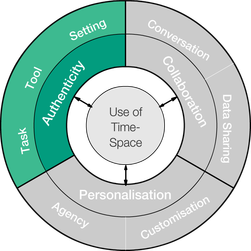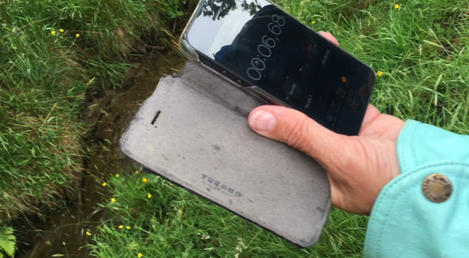Measuring River flow in geography fieldwork
Vertical Divider
IntroductionIn this scenario the students are going to measure the discharge (flow rate) of a small stream. To do this they need to know:
Objectives of this scenario
Description of the learning scenarioIn this scenario you will see students measuring the flow rate of the stream. They use their mobile devices to record the time needed to know how fast the stream is flowing.
Impact of the learning scenario on students
How could this scenario be extended?
|
Testing the river flow
Timing the discharge rate
Students in involved in this scenario
Cora Kloet-Vries (Lentiz Onderwijsgroep, Rotterdam, Nederlands), Frank Overkleeft (Lentiz Onderwijsgroep, Rotterdam, Nederlands), Maximillian Stoller (Rennsbuckle Schule, Karlsruhe, Germany) |
A view over the Yorkshire dales
Rate this exemplar yourself
Comments from users
Produced by:
Maximilian Stoller Realschule am Rennbuckel (Karlsruhe, DE)
Cora Kloet-Vries Lentiz | Reviuslyceum (Maassluis, NL)
Frank Overkleeft Lentiz | Reviuslyceum, (Maassluis, NL)
Maximilian Stoller Realschule am Rennbuckel (Karlsruhe, DE)
Cora Kloet-Vries Lentiz | Reviuslyceum (Maassluis, NL)
Frank Overkleeft Lentiz | Reviuslyceum, (Maassluis, NL)





